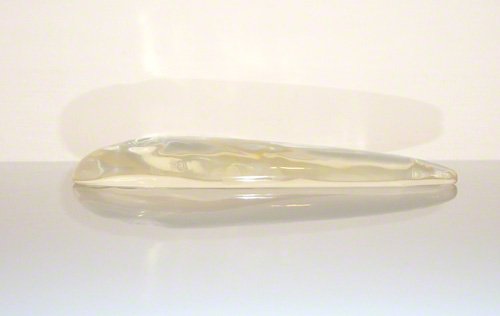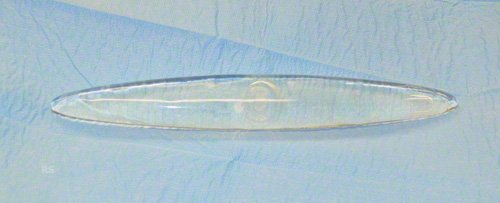On this page you will find information on surgical and non-surgical calf augmentation procedures.
We will inform you about which forms are possible and will be happy to explain the procedure to you at our Yuveo Clinic in Düsseldorf.
Calf augmentation is often considered by patients whose calves are excessively thickened as a result of a disease (in extreme cases, so-called stork legs).
However, calf augmentation for aesthetic reasons has become increasingly popular in recent years.
Contents
Yuveo Clinic
Special features of calf augmentation
Fillers, autologous fat and calf implants can be used for calf augmentation at Yuveo in Düsseldorf.
Procedure for calf augmentation with implants
Personal consultation before the operation
Before the calf operation in Düsseldorf, we will ask you about any existing general illnesses, among other things. Blood-thinning medication should be discontinued in good time. In a detailed consultation, your plastic surgeon will tell you about the techniques of augmentation and explain the advantages and disadvantages. Complications will be discussed in detail.
Procedure of the intervention
Our patients receive general anesthesia for calf augmentation with implants. We recommend a short inpatient stay.
OP techniques
The exact incision depends on whether only the inner or also the outer part of the calf is to be corrected.
When enlarging the inner part of the calf (the most common procedure), we make a 4 cm incision (see illustration) on the inside of the hollow of the knee. When enlarging the outer part, this is done on the outside. If both parts are enlarged (insertion of two implants), a horizontal incision of approx. 5 cm in the middle is sufficient.
From here, we prepare the implant site under a firm layer of fascia on the two-headed calf muscle and place the appropriate implant. As there is hardly any bleeding here, we can dispense with the insertion of drains if necessary.
For bodybuilders, we can place the implant under the head of the two-headed muscle so that it remains visible.
Finally, we suture the wound in several layers. A lightly compressing bandage or support stocking reduces the risk of bleeding and thrombosis after the augmentation operation.
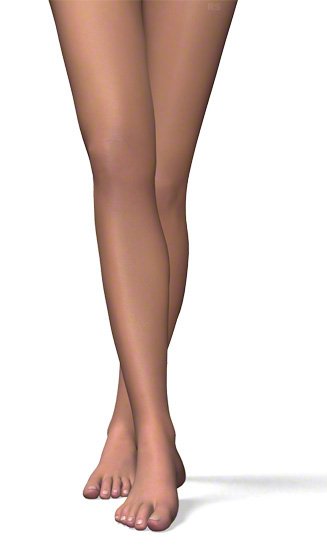
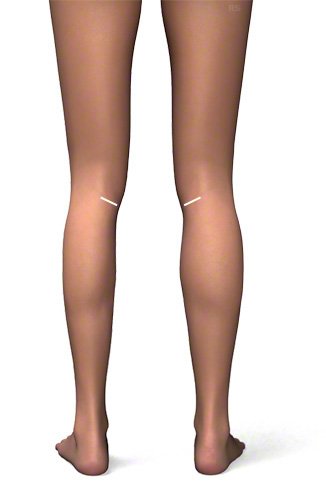
Frequently asked questions about calf augmentation
What are the calf implants used at the Yuveo Clinic in Düsseldorf made of?
While breast augmentation using breast implants is part of everyday life for plastic surgeons, also here in Düsseldorf, the demand for calf augmentation (see also calf correction) using calf implants is significantly lower. However, the quality of these implants has also improved as a result of developments in breast implants.
Today, leak-proof silicone gel rather than liquid is the standard for them too. The stability of the multi-layered outer shell is significantly increased, so that the probability of breakage is low even in the event of severe bruising and impacts. Calf implants can withstand the strain on the calf.
We have to insert these smooth-walled implants through very small incisions (4 cm) to a depth of 30 cm.
At Yuveo Düsseldorf, we most frequently use the calf implants described here, which consist of a solid shell and are filled with the corresponding gel. However, there are also solid, i.e. firm rubber-like implants.
In what forms are calf implants available?
In principle, two basic forms have become established:
Anatomical calf implants
They are flared on one side and therefore emphasize the upper third of the calf. They are mostly used in men (‘men’s form’) to emphasize the upper calf muscles. Patients who suffer from a thinned calf after clubfoot surgery in childhood also benefit from this shape.
Spindle-shaped calf implants
They are slimmer than the anatomical calf implants and are used in particular to shape female calves (‘ladies’ shape’). Depending on the findings and implant size, these implants can also be used to correct the middle and lower section of the calf.
Implants can also be made to measure for special cases.
What is the aftercare like after calf augmentation with implants in Düsseldorf?
- After the operation, the legs are wrapped or a well-compressing support stocking is worn.
- Thrombosis prophylaxis with heparin is required. Depending on the degree of movement restriction, the heparin must be injected for several days after the calf augmentation.
- Crutches provide safety for the first 2-3 days, but can also be used for longer.
- Especially in the first 2 weeks after the procedure, we recommend restraint during physical exertion and elevation of the legs.
- You should abstain from sport for approx. 6 weeks.
Is calf augmentation without surgery an alternative?
Calf augmentation without surgery is possible with the highly cross-linked hyaluronic acid – but with the trade-off of a shorter effect that lasts around 1.5 years. For more information, read the article MacrolaneTM.
There is also the option of enlarging and shaping the calves with the autologous fat transplantation.
However, this requires that the patient is not too thin, as otherwise no donor region can be found. However, the resulting calf does not look athletically muscular as it is filled with fat.
What are the special features of calf augmentation with Macrolane?
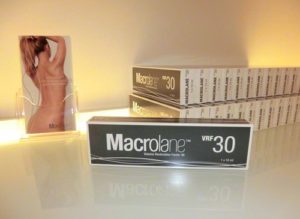
The cross-linking makes it significantly more stable than the hyaluronic acid used for wrinkle injections. MacrolaneTM therefore lasts a little longer – 1 to 1.5 years. No visible scars remain after the injection.
It is used for buttock augmentation or buttock shaping, calf augmentation or calf shaping or for filling small and medium-sized defects. The pre-aged hand can also be rejuvenated with this product. It is even possible to improve the contour of the décolleté.
What is the procedure for a Macrolane treatment and how much does it cost?
Procedure
Injections can be performed under local anesthesia. If the patient wishes, a twilight sleep can make the minor procedure more comfortable.
The injection takes about 20 to 30 minutes, depending on the amount injected and the area. During the treatment, the patient can express her ideas in the mirror. The result is immediately visible.
Costs
The costs for treatment with MacrolaneTM are quite high due to the material costs for large quantities. If the injection is to be carried out under sedation, the price increases. General anesthesia is more expensive.
What is the aftercare like after filler therapy?
The injected areas should be cooled and protected.
We recommend that you refrain from sport for approx. 2-4 weeks, depending on the region and the amount injected.
The treated areas should not be massaged!
After the injection with this hyaluronic acid preparation, our patients can go home. We are happy to apply a compression bandage after the treatment. Antibiotic treatment is recommended from time to time. Inpatient monitoring is then not necessary at our clinic in Düsseldorf.
How can you increase the size of your calves by exercising?
Calves that are too small can be corrected quite well through muscle-building training.
Everything that requires strength in the pointed position of the foot trains the calves – e.g. standing on tiptoe with weights, climbing stairs, hiking, sprinting, etc.
In bodybuilding, extreme calf gains can be achieved through particularly intensive training in combination with a protein-rich diet.
Fact check for implant surgery (1) or filler (2)
- Practitioners: Dr. Schumann and Dr. Schumann-Averkiou
- Anesthesia: General anesthesia
- Hospital stay: Short inpatient stay
- Aftercare: Legs wrapped, support stocking, thrombosis prophylaxis, rest for 2 weeks
- Sport: Abstain from sport for 6 weeks
(2) Filler therapy
- Practitioners: Dr. Schumann and Dr. Schumann-Averkiou
Treatment duration: approx. 20 to 30 minutes
- Anesthesia:
local anesthesia, twilight sleep if necessary - Hospitalization:
outpatient - Aftercare:
Cool, protect, do not massage - Sport:
Abstain from sport for 2 to 4 weeks - Costs:on request
Further information and related topics
Technical terms:
- Gastrocnemius muscle = two-headed calf muscle
- Calf augmentation = Calf augmentation
- Calf hypotrophy = thickened calves
Related topics:
Further information:
